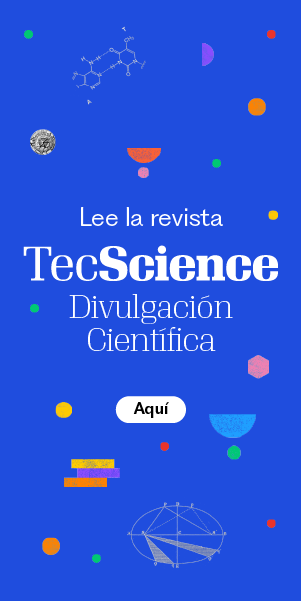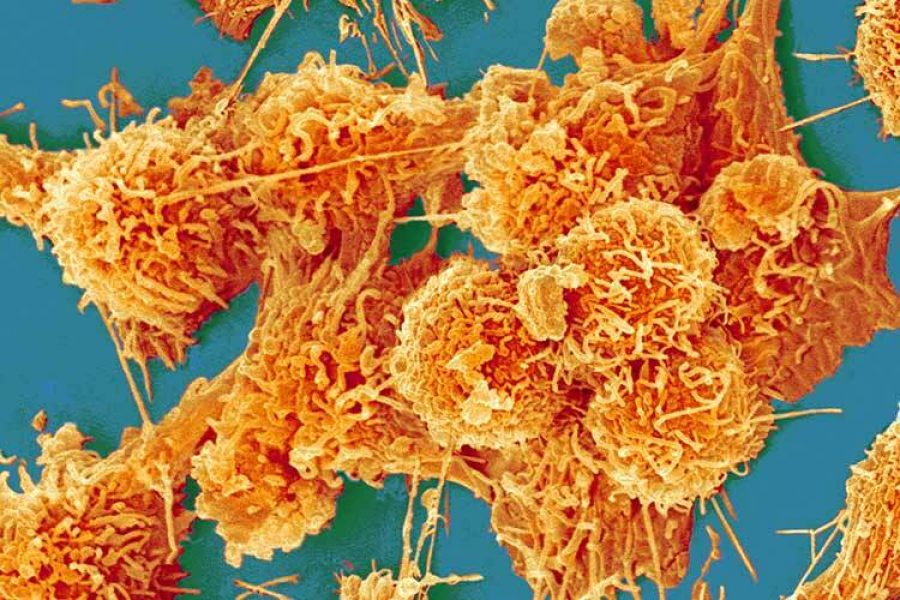By Shelsya Merany López, Jacqueline Castillo, and Enrique Guerrero*
“Don’t take life too seriously. You’ll never get out of it alive,” wrote Elbert Hubbard in his book A Thousand & One Epigrams: Selected from the Writings of Elbert Hubbard (1911).
Despite the truth of this phrase, many people through the ages have suffered from what physician Hans Selye coined “General Adaptation Syndrome” in 1936. This came as a result of his observations on patients which revealed a loss of appetite, exhaustion, weight loss, and other symptoms. Selye succinctly described the body’s basic responses and their outcomes when experiences are stressful, such as those that students go through during the exams and end-of-semester evaluations.
Today, many prestigious universities hold students on high-performance programs to a high academic standard, which exposes many of them to elevated levels of stress due to the demand of carrying out projects and other activities.
However, what is stress? Stress is a process which exists as the body’s natural response to situations that affect its wellbeing, generating various external and internal alarm signals and causing the person to become imbalanced.
Stress includes three key phases: the alarm phase, the resistance phase, and the adaptation phase. The alarm phase is characterized by the development of both psychological and physiological changes, including signs of anxiety, restlessness, and lack of appetite. Resistance and adaptation phases are characterized by the search to restore balance.
People put compensatory processes into action in order to reduce stress, which can be emotional, cognitive, or physiological. If they don’t compensate for the imbalance, they can cause physiological and psychosomatic disorders which decrease personal performance and general resistance. Finally, the exhaustion phase presents chronic or irreversible disorders at psychosocial, psychological and physiological levels.
Some of the many causes of stress are academic events or stimuli, which led doctors Berrio García and Mazo Zea to define academic stress as “a physiological, emotional, cognitive and behavioral reaction to academic events and stimuli.”
Stress, whether caused by academic factors or others, causes a change in some students’ wellbeing, triggering negative emotional and physical reactions.
One of these physical reactions is dermatological. These are eczema lesions which are characterized by the presence of erythematous and/or exudative macules, papules, and plaques, which are a combination of raised skin lesions characterized by inflammation. Occasionally, they appear scaly. These lesions often occur in students already suffering from dermatological problems. There are many different types of dermatitis: seborrheic, herpetiform, and atopic dermatitis, to name but a few. Here, we will focus on atopic dermatitis due to its peculiarity and high frequency.
Atopic dermatitis is a dermatological problem characterized by a need to scratch caused by an uncomfortable sensation on the skin. This can lead to eczema or inflammation in the scratched areas. It’s important to note that it is not contagious.
Atopic dermatitis can be caused by both exogenous and endogenous factors. In the case of endogenous factors, the appearance of this disease is caused as the result of genetic factors. On the other hand, some of the many exogenous factors that can trigger this condition include the environment, exposure to animals, and academic stress.
As part of a project supervised by Dr. Mariano García and Dr. Enrique Guerrero-Beltrán for the Research and Technological Resources in Health course, we surveyed students at Tecnológico de Monterrey’s Monterrey Campus in order to assess the prevalence of atopic dermatitis among students and how academic stress influences its development, especially during evaluation periods. We used the Sheldon Cohen Perceived Stress Scale (PSS) survey in Spanish to measure the levels of academic stress.
The results showed that the average student scored 29 during final exams, which is considered a “high stress” level. On the scale, results from 0-13 are considered low stress, 14-26 are considered medium stress, and 27-40 are considered high stress.
We also confirmed that students suffering from atopic dermatitis who have high stress levels are at greater risk of developing eczema during the same week than those with lower stress levels. Therefore, we concluded that there is a direct and proportional relationship between the academic stress caused by final exams and the appearance of eczema.
“I’m under a lot of stress during final exams and that evidently coincides with the appearance of eczema caused by atopic dermatitis,” said one student on the Health Careers degree program at Tecnológico de Monterrey.
As mechanisms for preventing and controlling stress in students, Tecnológico de Monterrey has implemented integrated wellbeing tools such as Mindfulness and sports and cultural activities, or opening spaces such as Punto Blanco, which are designed for introspection, meditation, and deep personal reflection in order to strengthen the spirit.
Students can reduce general stress levels, and those with atopic dermatitis can reduce the possibility of acute eczema during periods of academic stress, by using the tools and new spaces provided by Tecnológico de Monterrey.
* Authors:
- Shelsya Merany López Duarte and Jacqueline Castillo Martínez are second-semester students on the “Health Careers” degree program.
- Enrique Guerrero Beltrán is a research professor within the “Cardiovascular and Metabolomics Medicine” Focus Group at Tec de Monterrey and is a member of CONACyT’s National Research System.














